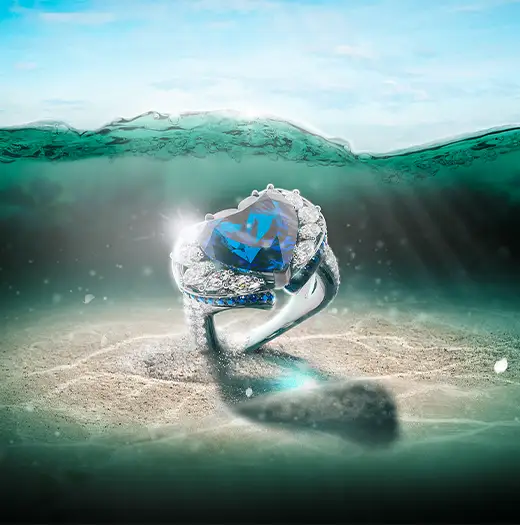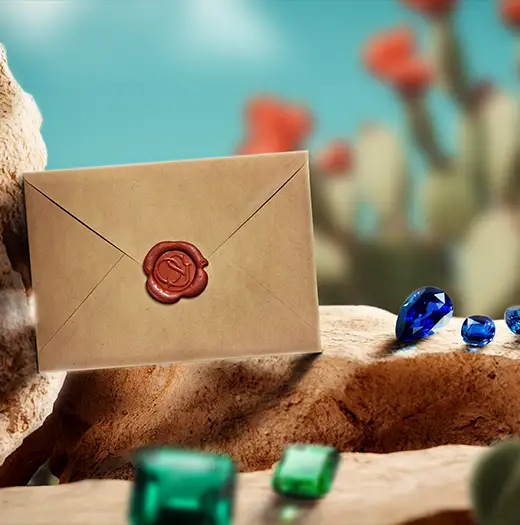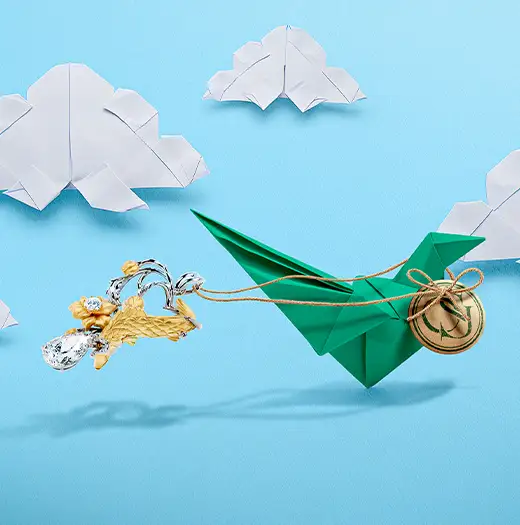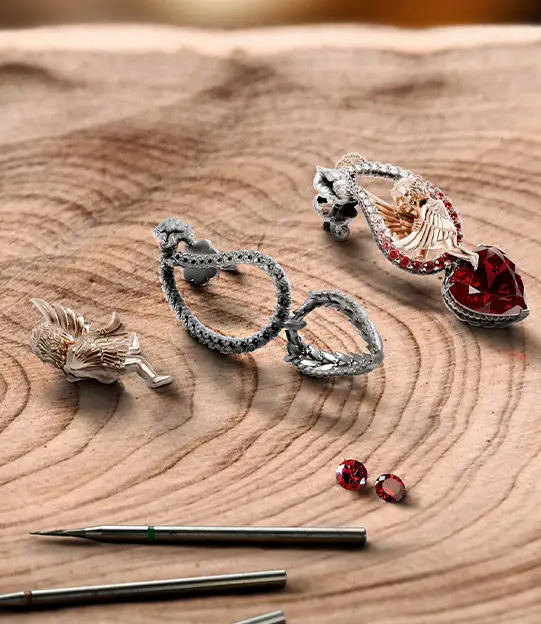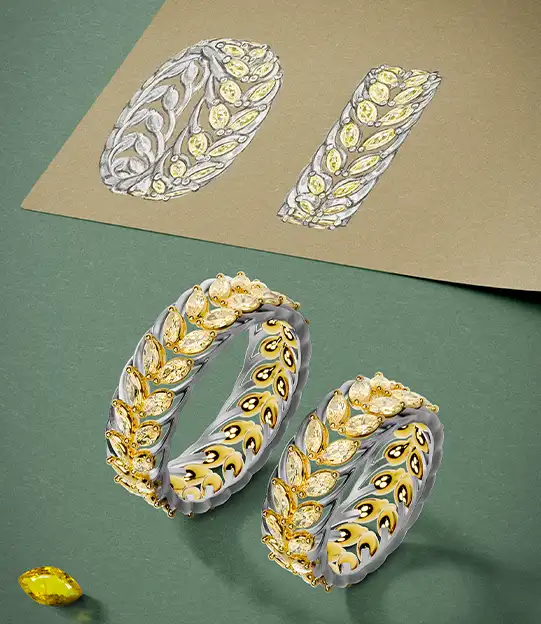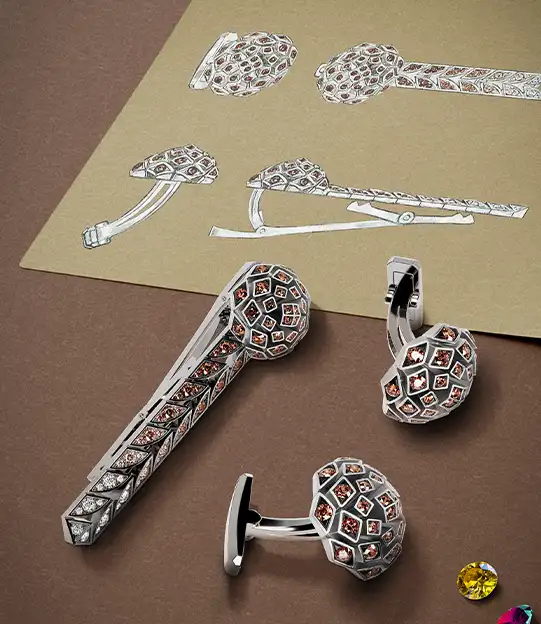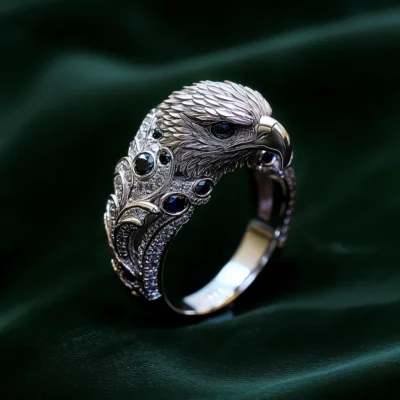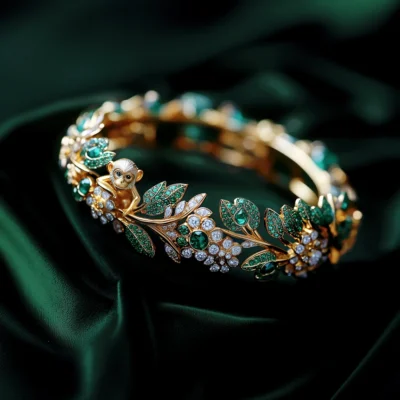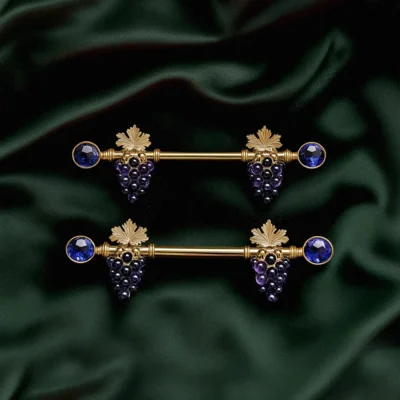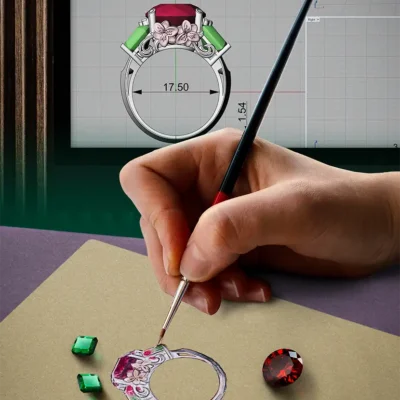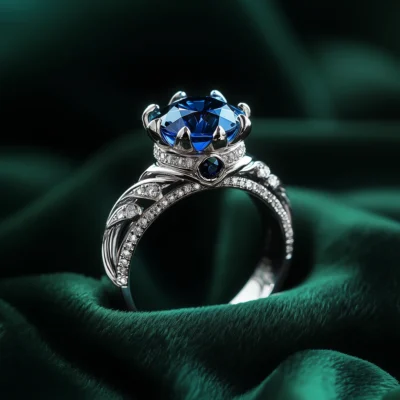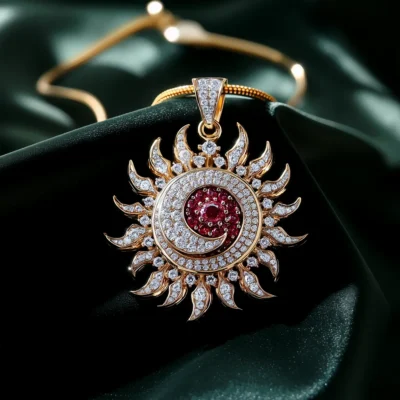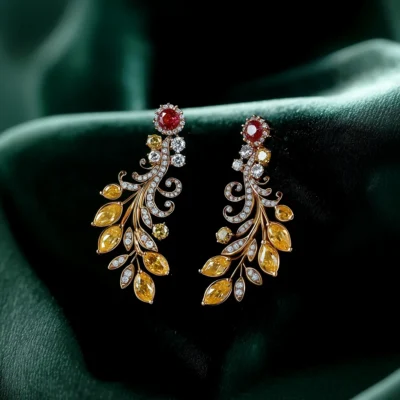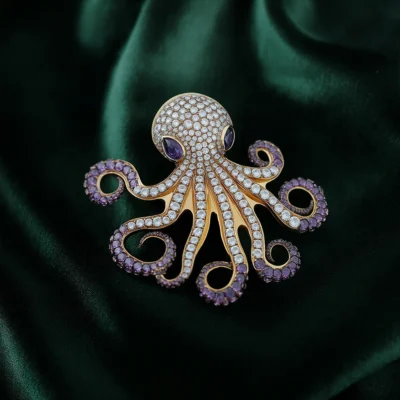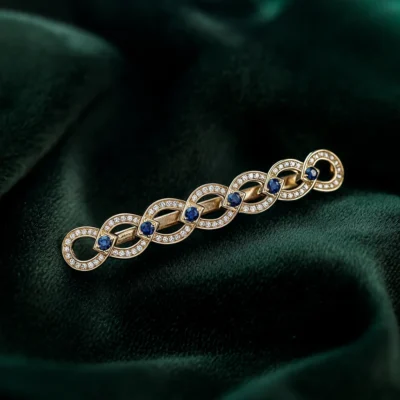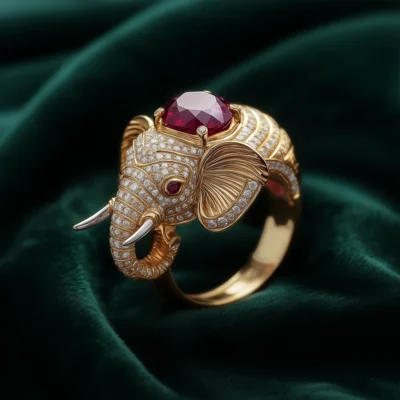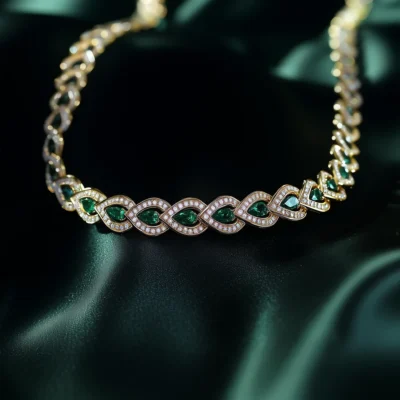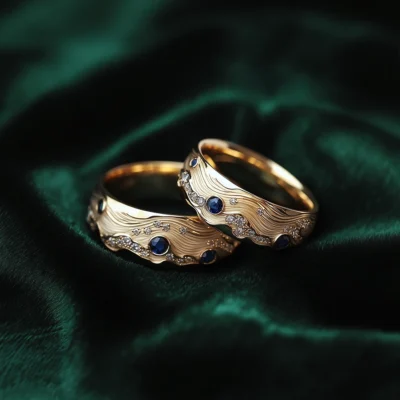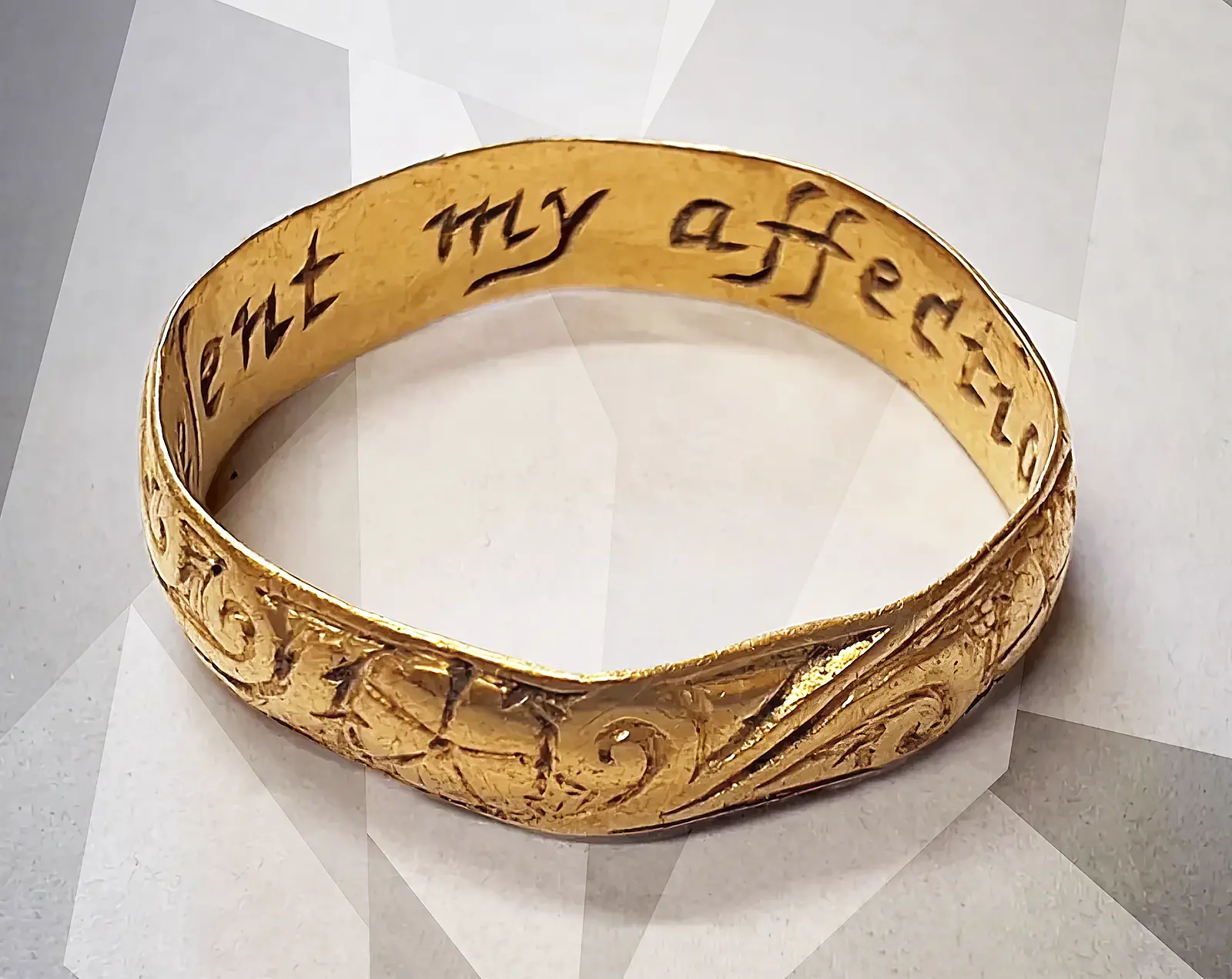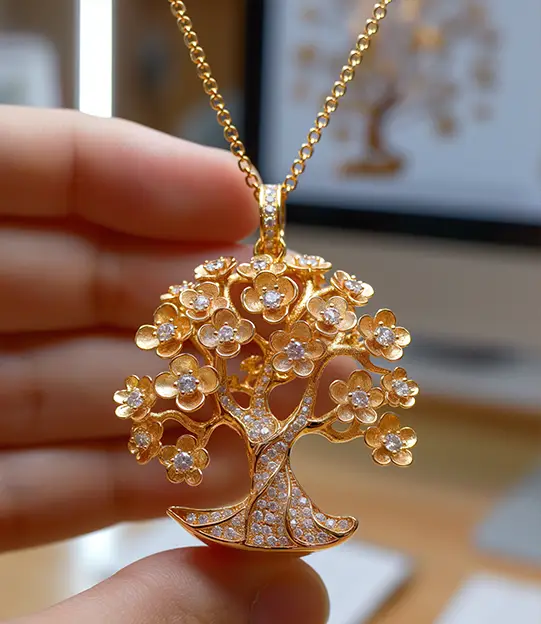When you think of treasure hunters you probably imagine a man who is exploring Egyptian pyramids in search of ancient artifacts and gold. But treasure hunters are among us: average people driven by curiosity, passion, and desire to find something valuable. They search for lost artifacts with metal detectors in fields, beaches, and forests. Most discoveries can’t be called special but occasionally, treasure enthusiasts stumble upon truly remarkable historical items like it was in Norfolk, England in 2019.
A retired firefighter, Mark Sell, made an extraordinary discovery with his metal detector in a field in the village of Shipdham. He unearthed a medieval gold ring dating back to the late 12th or early 13th century. His perseverance led to success, as he had searched the area multiple times before but hadn’t spotted anything. At some moment, he noticed something shining underneath his feet. He cleaned it from soil and realized it was a ring, most likely from medieval times. And the most incredible thing was that all the gemstones from the ring were in their places.
Who Examines Such Finds?
When people discover such artifacts, they usually bring them for examination to the specialists in archaeology, history, or jewelry appraisal. Experts from museums, auction houses, and heritage organizations verify their authenticity, age, and historical relevance. A jewelry expert, Laura Smith from Noonans, assisted and explained the origin and significance of this ring. She said that rings of such design were typically worn by bishops during the High Middle Ages. The item found by Sell is adorned with a hexagonal cabochon sapphire in a closed-back collet setting and also features four smaller cabochon emeralds and garnets. The band is flat and narrow.
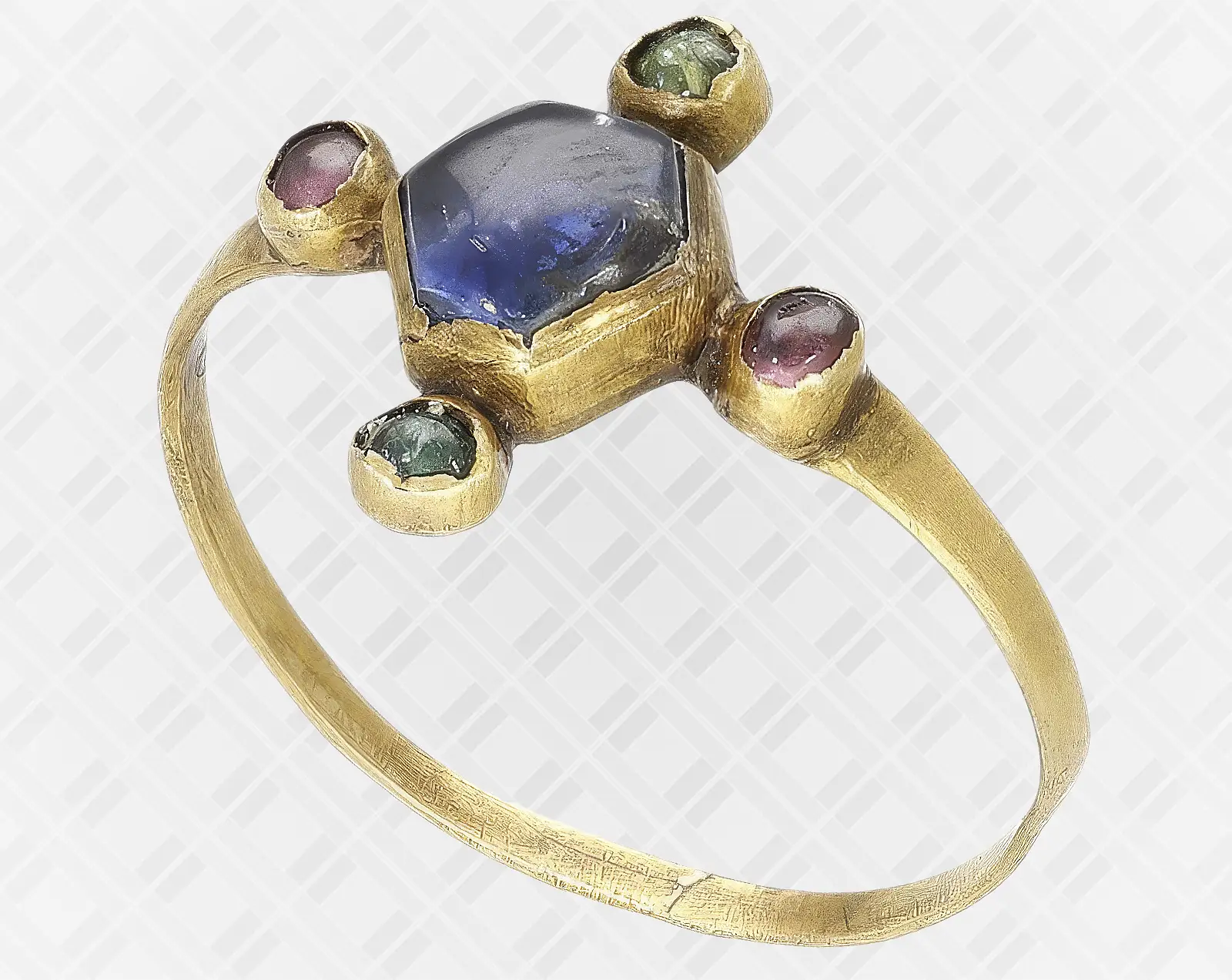
Photo courtesy of Noonans.
A Location with a Rich History
The village where the ring was discovered had historical significance during medieval times, with records mentioning it in early land surveys. A manor house, built by the Bishop of Ely, once stood there; moreover, the remains of its moat appear on 19th-century maps. Additionally, the land had been home to a royal hunting park before the change of an owner.
Other similar rings have survived from the same period, including one that belonged to a high-ranking church official, now on display at York Minster. Other examples are the Bishop of Chichester’s ring and the Whithorn Cathedral ring.
The Process of Handling Discovered Treasures
In the UK, a person who found a historical artifact must report it according to the Treasure Act 1996. Usually potential treasures are declared through the Portable Antiquities Scheme (PAS). That was exactly what Mark Sell did, he reported his discovery to the landowner and handed it over to the PAS for further examination. After the procedure, the bishop ring was temporarily exhibited at the British Museum.
Auction and Estimated Value
Mark Sell brought the ring to a valuation event at Noonans, where specialists recognized its extreme rarity and significant historical value. It has been given a pre-auction estimate of $19,400 to $23,300 (£15,000 to £18,000).
The ring will go under the hammer on March 26 at Noonans Mayfair as part of a bidding event “Jewellery, Silver and Objects of Vertu”. The proceeds from its sale will be split between Sell and the landowner.

